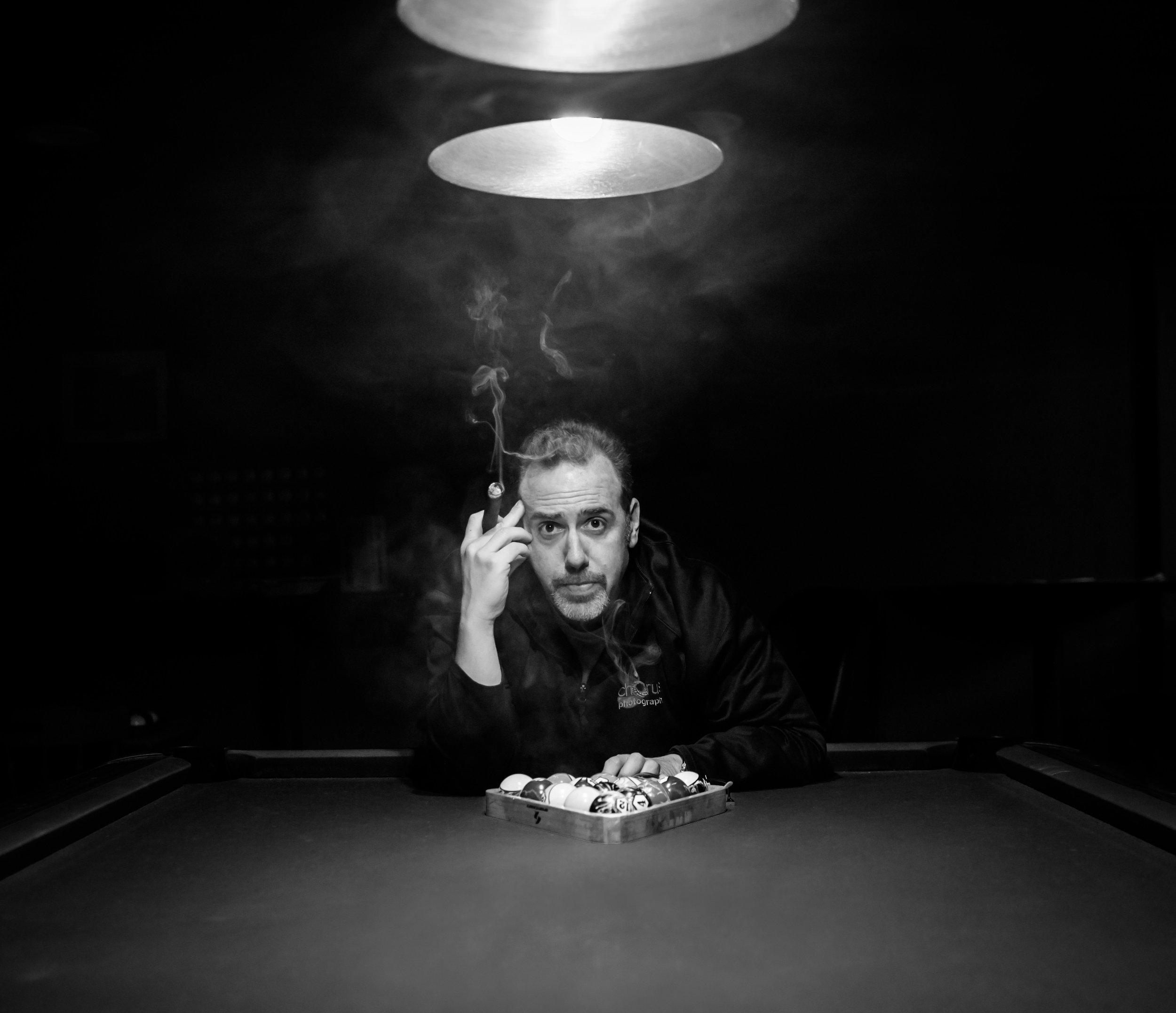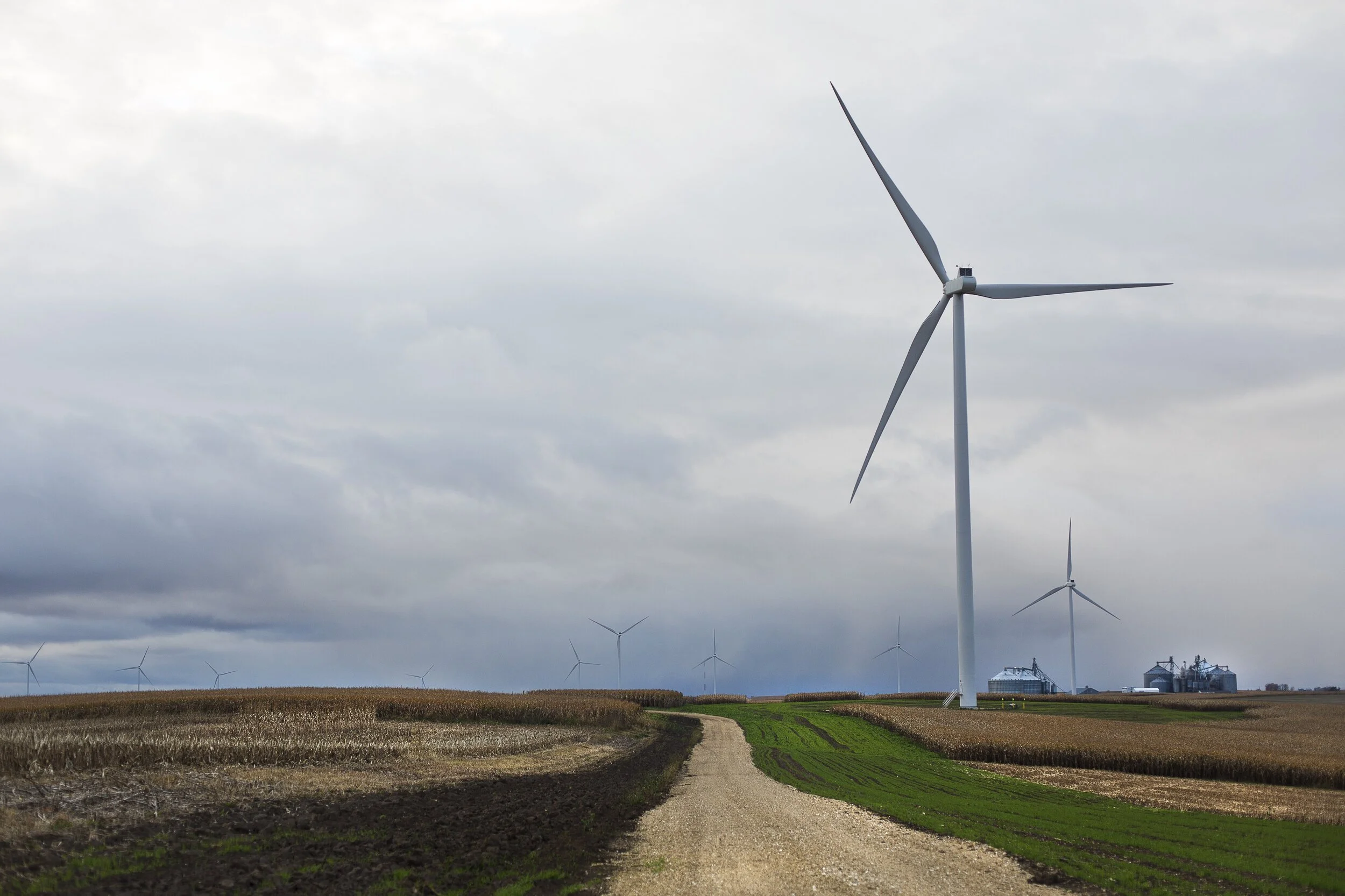EPISODE EMBED
You can find the transcript of this episode here. Transcripts of all episodes can be found here.
What happens when you, the photographer/visual creator discover that the best-laid plans that you’ve had for your career all of a sudden don’t line up with the direction you want your life to go in? You know you want to keep taking photos or shooting video, but the path that seemed so well shaped in front of you seems a hell of a lot murkier. There’s a great quote, that was popularized by the great Stephen Covey (but coined well before that) that so perfectly exemplifies this: “It’s incredibly easy to get caught up in an activity trap, in the busy-ness of life, to work harder and harder at climbing the ladder of success only to discover it’s leaning against the wrong wall.” Today’s episode with our guest Gerry McCarthy is all about that climb and the process of picking up that ladder and moving to a different wall – and keeping your creative spirit alive throughout it all.
G.J. "Gerry" McCarthy is Creative Director, Video/Campaigns for Stanley Black & Decker, based in central Connecticut. He oversees video and photo production for the company's main corporate marketing department, handling internal and external comms needs for a wide variety of clients.
Previously Gerry was a multimedia producer for the UConn Foundation, a higher education nonprofit that oversees charitable giving to the University of Connecticut. In that role, he helped tell the story of philanthropy at UConn, and created content to better engage alumni.
Before jumping ship to the M & C world, Gerry spent 14 years as a newspaper photojournalist. The bulk of that time, almost a decade, was spent on the award-winning photo staff at The Dallas Morning News. There, he covered everything from sports to breaking news, enterprise projects and features stories. He also frequently worked as a fill-in photo editor on a variety of news desks.
Gerry is a Laredo, Texas native and graduate of the University of Texas at Austin, where he studied to be a reporter. In a past life he was a music major and wildly nerdy about music theory. In his free time he scratches that old itch making up short songs on an iPad and also, self-described at failing miserably at teaching himself drums and his son the guitar.
Gerry lives in the Hartford area with his wife, a few kids, a handful of cats and several chickens. When he's not doing laundry, scooping litter or cleaning the coop, he enjoys artisan baking (mostly sourdough), reading and wandering the house aimlessly.
In today’s episode with Gerry McCarthy, he and I dive into how to manage a career transition from the path of the newspaper photojournalist into the Marketing and Communications world, why keeping your photography work authentic to your creative calling is so critical, and what lessons for younger photographers he’s learned from creating on both sides of the Journalism/Marketing aisle.
So, as always — Keep seeing, keep shooting, and keep putting your best Photo Forward. LATER!
PHOTOS FROM THE EPISODE //
SHOW NOTES // COMING SOON
PHOTOGRAPHERS MENTIONED //
QUESTIONS? // What was your favorite quote or lesson from this episode? Please let me know in the comments!






















